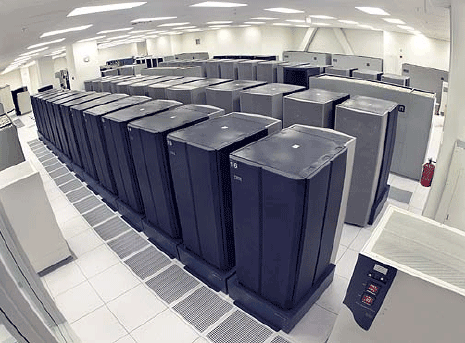Data Centers Can Help Depressed American Cities

Across the United States, countless downtown sectors are classified as “troubled” or “depressed.” While much of it has to do with the global economic downturn, many of these areas were in dire straits to begin with, and the pull-out of small and major businesses alike as a result of the bad economy only make a bad situation that much worse. The resulting shell of a former city – caused by both vacated buildings and removed income – is a common aspect of the modern American landscape. But data centers could very well be the solution to this problem.
Picture centuries-old structures in cities like Detroit, Cleveland, or New Orleans. The next time you access a cloud-based service, or perform an Internet-based reverse phone lookup, those 1s and 0s could be funneled through these very buildings. Increasingly, data center companies and giant industries alike are investing in the rehabbing of condemned and near-condemned downtown structures in order to place supercomputers for cyber storage.
It’s an obvious move: data centers require huge amounts of square footage, nobody wants to spend money on new construction, cash-strapped cities are eager to fill empty spaces, and companies are always willing to take advantage of a golden opportunity.
But with that said – there are some caveats. Cities that aspire to become beacons for data centers and corporations looking to house data centers cheaply must have the available energy for such industries to exist. Cites such as St. Louis, for example, have attempted to lure these enterprises by-way of focusing on the amount of available energy within a certain part of the grid. The desired real estate and the available spots on the grid have to match up.
In depressed cities where population is lower than expected and businesses are less likely to be encountered than they once were, there tends to be plenty of energy to go around. But will it be enough to accommodate the number of data center imports that it would take to create a measurable economic recovery? Doubtful.
But a start is a start. And perhaps when it comes to fixing our troubled cities, it starts with luring data centers into their hollowed structures.
